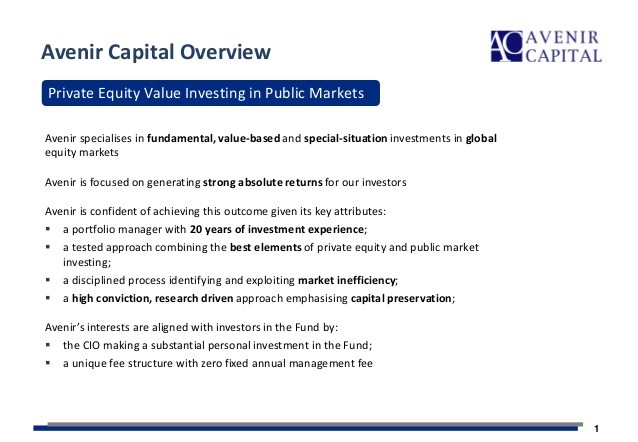Investing in Global Value Funds
Post on: 8 Май, 2015 No Comment

Diversify Abroad on the Cheap
You can opt-out at any time.
Please refer to our privacy policy for contact information.
Global value funds combine the power of value investing with the diversification of global markets to create some compelling opportunities. These funds attempt to identify companies around the world whose shares appear undervalued using some form of fundamental analysis, including discounts to book value, low price-earnings multiples or low price-to-book ratios.
Global value funds generally come in two flavors — global value exchange-traded funds (ETFs) and global value mutual funds. Most ETFs offer lower expense ratios than mutual funds, which makes them preferable to some investors. But when it comes to value investing, a good mutual fund manager can be more than worth the small increase in expense ratios.
Dividends vs. Intrinsic Valuations
John Neff, who ran Vanguard’s highly successful Windsor Fund, once said, One of Ben Franklin’s wise observations offers a parallel: ‘He who waits upon Fortune is never sure of a dinner.’ As I see it, a nice dividend yield at least lets you snack on hors d’oeuvres while waiting for the main mean. For many investors, dividend stocks represent true value investing.
To income investors, an investment’s value is derived from the present value of future cash flows — or net present value. Retained earnings make it difficult to project capital gains, so investors adhering to this strict methodology tend to prefer dividend paying stocks or other income investments that deliver a predictable value each year.
But value investing pioneers, like Benjamin Graham and Warren Buffett, take somewhat of a different approach. Rather than looking at income streams to investors over time, they look at net current asset values to identify stocks trading below their intrinsic value. Essentially, these investors are looking to purchase a stock for pennies on the dollar — or a discount.
Popular Global Value Mutual Funds
There are many global value mutual funds available that employ a variety of different fundamental analysis techniques to select stocks. Many of these mutual funds focus on the Benjamin Graham and Warren Buffett approaches to value investing, since they are primarily actively managed funds, versus index-tied funds.
Some popular global value mutual funds include:
- Ivy Cundill Global Value Funds
- Dreman Contrarian International Value Fund
- Pear Tree Polaris Foreign Value Fund
Popular Global Value ETFs
Most global value ETFs fall under the dividend focused value investing strategy, since they are tied to underlying indices that require a more mathematical approach than the Benjamin Graham and Warren Buffett style of stock analysis. While there are some exceptions to this rule, many intrinsic valuation focused ETFs are thinly traded.
Some popular foreign dividend ETFs include:
- SPDR S&P International Dividend ETF (DWX)
- iShares Dow Jones EPAC Select Dividend Index ETF (IDV)
- WisdomTree DEFA ETF (DWM)
Benefits & Risks of Global Value Funds
Global value funds have a number of benefits and risks that investors should consider before committing any capital. For instance, international diversification can be a great benefit, but the higher expense ratios associated with actively managed funds can be a key risk.
Benefits of global value funds include:
- Diversification — Global value funds invest around the world, offering better diversification than funds focused exclusively on the U.S. market.
- Safety Net — Value investing is known for safety nets in terms of a regular income or a discount to intrinsic value (making its bankruptcy actually pay off for shareholders).
Risks of global value funds include:
- Greater Expenses — Most global value funds have higher expense ratios than index mutual funds or more generic ETFs.
- Sometimes Risky — Value investments may underperform growth investments during boom cycles, making them a risky proposition at times.














